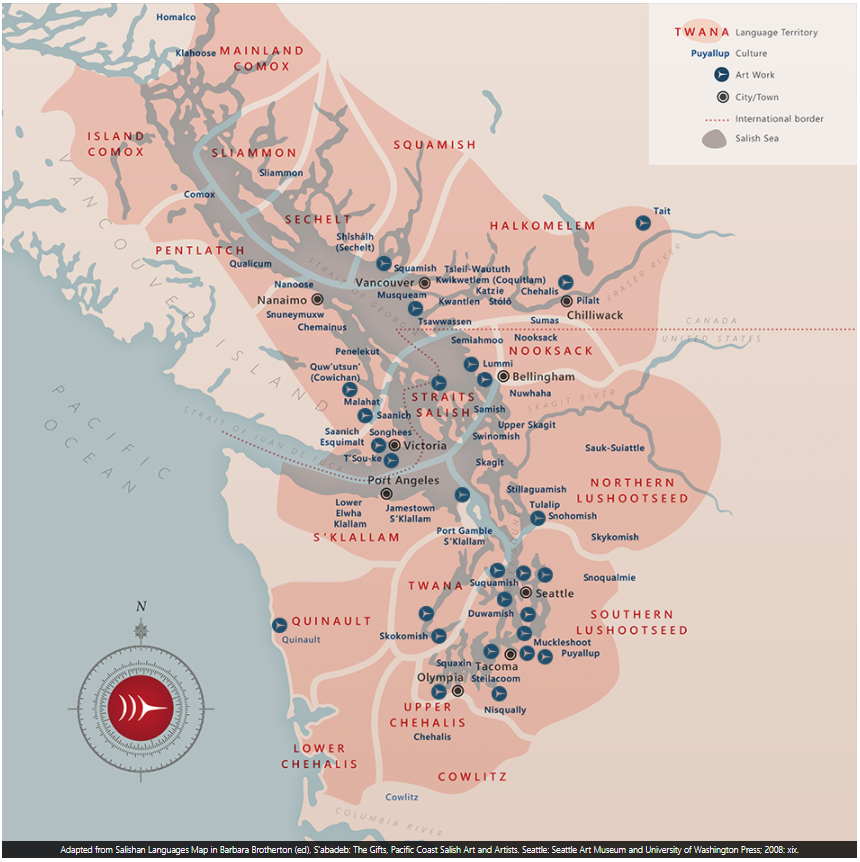SR3 and colleagues have recently published two scientific papers highlighting the impact of rapid warming on killer whale populations in the Antarctic Peninsula. The first paper A decade of photo-identification reveals contrasting abundance and trends of Type B killer whales in the coastal waters of the Antarctic Peninsula was published in Marine Mammal Science and was led by SR3’s Dr. Holly Fearnbach, collaborating with Dr. John Durban and Bob Pitman, both formerly with NOAA and now with Southall Environmental Associates (SEA) and Oregon State University, respectively. This study used photo-identification images to provide the first estimates of abundance for Type B1 and B2 killer whales in the Antarctic Peninsula and revealed contrasting abundance and trends for these two endemic ecotypes. Type B1 killer whales, an ecotype that notoriously washes their seal prey from ice floes, were found to have a smaller population size (~100 individuals) with abundance declining at a rate of ~ 5% per year. Such a decline could be due to reduced survival, but could also be a result of whales responding to ice loss in the study area and moving further south to find more abundant ice and seals. In contrast, Type B2 killer whales, an ecotype that feeds on penguins, occasionally seals and likely fish or squid, had a much larger and currently stable population size of ~ 740 individuals. This study, combined with results from the team’s previous study on Type A killer whales, shows that ecotypes that prefer open-water habitat (Types B2 and A) appear to be faring relatively well in the face of recent rapid warming and subsequent ice loss, while the ice-obligate Type B1s appear to be impacted by the reduction in pack ice habitat for their seal prey. However, there was evidence of relatively low survival in Type B2 killer whales in recent years, which may be a sign that environmental change may be beginning to impact this most abundance ecotype also (see the second paper, below…).
The second manuscript Size and body condition of sympatric killer whale ecotypes around the Antarctic Peninsula was published in Marine Ecology Progress Series and was a collaborative effort led by Dr. John Durban (SEA) and SR3’s Dr. Holly Fearnbach. This study used aerial images collected from a remotely operated drone to provide the first measurements of size and body condition for all three ecotypes (Type A, B1 and B2) of killer whales in the Antarctic Peninsula. Both Type A and B1 whales were larger than the diminutive Type B2s, with Type A having the longest males, averaging 7.8 meters (26 feet), and Type B1 having the longest females, averaging 6.9 meters (23 feet). Type B2 whales were over one meter (>3 feet) shorter on average and were significantly leaner in body condition, with several individuals measured to be in anomalously poor condition. This poor condition was coincident with the years of low survival reported in the first paper, and also occurred in recent years when low ice cover and warmer temperatures likely impacted the food chain that has been supporting this most abundant ecotype. The generally lean measurements for Type B2 killer whales may be predictive of future population declines. The relatively good body condition of Type B1 killer whales suggests that their decline in abundance may be primarily due to movement to find their seal prey in contracting pack-ice, rather than increased mortalities as a result of nutritional stress, which will be further tested as we continue our long-term research in Antarctica.
Results from these studies have been provided to decision-makers at the Commission for the Conservation of Antarctic Marine Living Resources (CCAMLR), the multilateral body charged with conservation of the Southern Ocean. Data collection and analysis for these studies was primarily supported by the Lindblad Expeditions-National Geographic Fund and Pew Charitable Trusts. Most of the photo-identification images and all drone measurements were collected while the authors were hosted onboard Lindblad Expedition’s ship M/V National Geographic Explorer.
Photograph: Aerial photograph of a group of Type B2 killer whales in the coastal waters of the Antarctic Peninsula; note young calves swimming below their mothers. This image was collected non-invasively from >30m (100ft) above the whales using remotely-controlled hexacopter drone. Research conducted under NMFS Permit No. 19091 and Antarctic Conservation Act Permit ACA 2017-029.



















